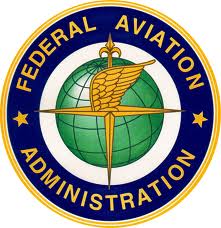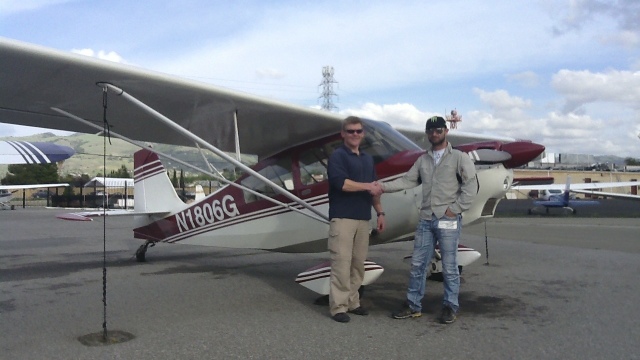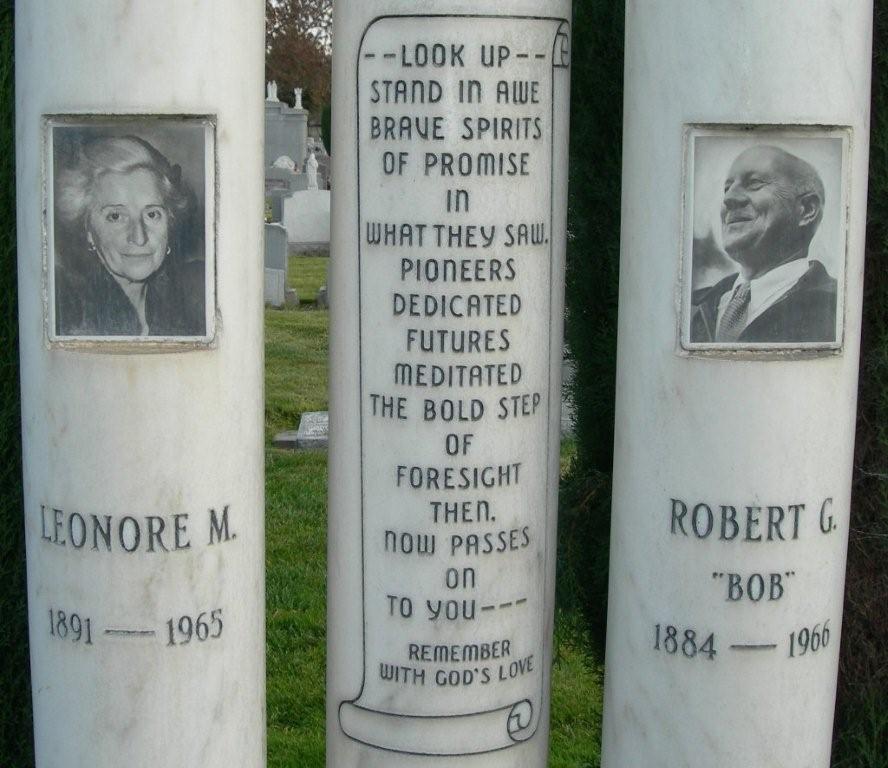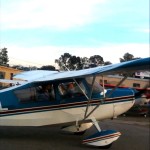pilot
posts displayed by tag
Going Solo: Jordan Merriman
Mar 28 2012Another fledgling leaves the nest, in a taildragger no less. Congratulations to Jordan Merriman who soloed a Citabria today, after training with AeroDynamic Instructor Erik Schmidt.
Well done Jordan and Erik!
New Taildragger Pilot: Tom Tymn
Mar 28 2012Congratulations to Tom Tymn for earning his tailwheel endorsement with Instructor Rich Digrazzi. Tom flew in for his lessons in his beautiful Lancair. Way to go Tom!
Going Solo: Ian Besemer
Mar 25 2012The first fledgling of spring leaves the nest! Well done to Ian Besemer who soloed Citabria 9091L after working with AeroDynamic CFIs Jim Grant and Rich Digrazzi.
We have a video taken by Ian’s Dad:
Well done again to Ian, and his instructors Rich and Jim.
A pilot could be fined up to $100,000 – so read this!
Feb 26 2012By Jim Moore
AOPA and EAA have joined forces seeking to at least delay implementation of a new rule that could bring six-figure fines to pilots who traverse airspace that federal officials have yet to depict in graphic form.
Both organizations remain committed to protecting wildlife and educating pilots about noise-sensitive areas. Absence of clear graphic depictions of the newly regulated areas has made that task impossible.
In a joint Feb. 21 letter to the FAA and the National Oceanic and Atmospheric Administration, the organizations noted NOAA’s refusal to provide a map of affected wildlife sanctuary boundaries in the Pacific Northwest. Slated to take effect Feb. 27, the new regulation would enable NOAA to impose fines of up to $100,000 for flying at low altitude (1,000 to 2,000 feet msl) over sanctuaries in the Channel Islands, Monterey Bay, and Gulf of the Farallones National Marine sanctuaries in California; and the Olympic Coast National Marine Sanctuary in the state of Washington. The boundaries of the new protected areas—effectively regulated airspace though both agencies deny that is the case—differ from the boundaries depicted on current charts.
In response to a request for a graphic depiction of the new protected areas, NOAA on Feb. 7 stated that the agencies are still working to develop the charts.
“We are working with the FAA and are in the process of determining the best way to depict these zones on their charts, and expect that the FAA will update them according to their regular schedule,” NOAA wrote.
NOAA also promised future “press releases” to educate the pilot community. In the Feb. 21 letter, AOPA Vice President of Air Traffic Services and Modernization Heidi Williams and EAA Vice President of Advocacy and Safety Sean Elliott protested NOAA’s refusal to clarify boundaries and facilitate pilot education efforts.
“Pilots simply cannot be expected to avoid marine sanctuaries if NOAA is unwilling to share the boundaries of the sanctuaries in their rule that do not align with currently charted boundaries,” Williams and Elliott wrote. “A federal register notice and press release does not constitute proper education or adequate outreach—especially when neither includes a graphic depiction.”
AOPA and EAA continue to oppose the regulation for other reasons; including the dangerous precedent it sets of ceding authority over airspace to agencies other than the FAA.
AOPA and EAA remain committed to helping NOAA educate pilots to “fly friendly” over sensitive areas, provided that safety of flight remains the top priority. The organizations also opposed the final rule’s provision that pilots who stray into the ill-defined airspaces are presumed to have disturbed wildlife, a presumption that, in practice, is impossible to disprove.
The Feb. 21 letter urges both agencies to work collaboratively with the aviation community, delay implementation of the final rule, and for NOAA to pledge—in writing—that no enforcement action will be taken until proper education and mitigation of remaining concerns are addressed.
Robert G. Fowler: First man to fly from West to East Coast of the US
Feb 19 2012Have you ever thought about the man for whom our street is named?
Robert George Fowler, or Bob to all who knew him, was an avid aviation pioneer.
In February 1912, one hundred years ago this month, he landed in Jacksonville, Florida. 116 days and 66 stops earlier he left San Francisco in his Wright Biplane with a Cole Automobile Co engine. Read the original press dispatches of the flight here.
Bob Fowler was only the second man to cross the United States by air, the first being Cal Rogers in the Vin Fizz going East to West. Fowler’s was the first West to East flight, and he was also the first man to fly a non-stop trans-continental flight, flying from the Pacific to the Atlantic along the Isthmus of Panama. Unlike his earlier flight of 66 stops, this one was only 57 minutes long. However it landed him in some trouble because he took aerial photos of the Panama Canal and associated fortifications being built. Despite having the permission and encouragement of the commanding general he ended in court, but charges were eventually dropped.
But he was not just an exhibitionist. Fowler joined the San Jose Technical College and founded what later became the Aviation Department of San Jose State University. He was responsible for building the department and worked with other early aviation pioneers in the Santa Clara Valley in between the first and second world wars.
Bob Fowler died in 1966 and is buried next to his wife Leonore in Santa Clara Mission Cemetery.
New Private Pilot: Derek Allen
Feb 08 2012Congratulations to Derek Allen who earned his Private Pilot License in Citabria N5032G. He proved to Examiner Sherry Diamond that he has the skills necessary to be a private pilot. Well done Derek and CFI Erik Schmidt!
First Flight Lesson: Andrew Shacker
Feb 06 2012Welcome and congratulations to Andrew Shacker.
Andrew flew as a Young Eagle, and completed the Sporty’s ground school to qualify for a free flight lesson. (check out the Sporty’s/EAA Young Eagles Flight Plan).
Andrew also won the EAA338 flight training scholarship. He has now taken his first flying lesson with AeroDynamic Aviation.
It was a beautiful late Sunday afternoon when Andrew and Mark Guerrero took Citabria 9091L for their flight:
New Private Pilot: Vasily Kuntsevich passes checkride!
Feb 05 2012Vasily Kuntsevich came all the way from frosty Saint Petersburg to fly at AeroDynamic Aviation. On January 31st, Vasily showed Examiner Sherry Diamond he has what it takes and became a Private Pilot. Congratulations to Vasily and his CFI Godfrey Watson, well done!
News: FAA Clarifies Instrument Currency Requirements
Jan 27 2012 Clarification: IFR Currency Requirements
Clarification: IFR Currency Requirements
Notice Number: NOTC3489
Technical Amendment to IFR Currency Requirements
Read also 61.57(c) – Click on FAA Logo to go to complete text of 14CFR61.57 (Op Ed)
14 CFR 61.57 (d) describes the requirements for an instrument proficiency check (IPC), and includes a description of when an IPC is necessary. While certain exceptions apply, a pilot may reestablish instrument currency that has been lapsed for more than 6 months only through obtaining an IPC. On December 16, 2011, the FAA issued a technical correction to section 61.57 (d) in order to clarify the meaning of the regulation. This clarification was simply just that, a clarification, and no change to the application of the rule was intended. As the FAA explained in that technical correction (emphasis added):
The revised language makes it clear that a pilot who has failed to maintain instrument currency for more than six calendar months may not serve as pilot in command under IFR or in weather conditions less than the minimums prescribed for VFR until completing an instrument proficiency check. A pilot whose instrument currency has been lapsed for less than six months may continue to reestablish instrument currency by performing the tasks and maneuvers required in paragraph (c).
Notwithstanding the exceptions on 61.57 (e), the following timeline illustrates the correct application of 61.57 (d):
January 31, 2012: A pilot is no longer instrument current because they no longer meet the recent experience requirements found in 61.57 (c). This pilot may no longer act as pilot-in-command (PIC) of an aircraft operating under IFR or in weather conditions less than the minimums prescribed for VFR.
February 1, 2012 to July 31, 2012: The pilot has between these dates in order to obtain the recent experience requirements found in 61.57 (c). This experience may be obtained through instruction, the use of a safety pilot, or through a simulator / training device.
August 1, 2012: If by this date the pilot had not regained instrument currency, the only method by which a pilot may become instrument current again is by obtaining an IPC.
The FAA has become aware of some recent blogs, emails, and website comments that contain confusion about the technical correction and the current meaning of the rule. This FAAST Blast will hopefully alleviate that confusion. For additional information, please review the latest technical correction to 61.57 at http://www.gpo.gov/fdsys/pkg/FR-2011-12-16/pdf/2011-32333.pdf
ATP Checkride passed: Anup Kumar
Jan 19 2012Congratulations to Anup Kumar who added another class rating to his ATP. Anup worked with AeroDynamic instructor Rich Digrazzi to prepare and then earned his Single Engine ATP in our Cessna 61637 with Examiner Jim Currier. Anup already has his ATP for helicopters and multi engine airplanes and now completes the airplane category with single engine.
Well done Anup, and thanks also to Rich.
















